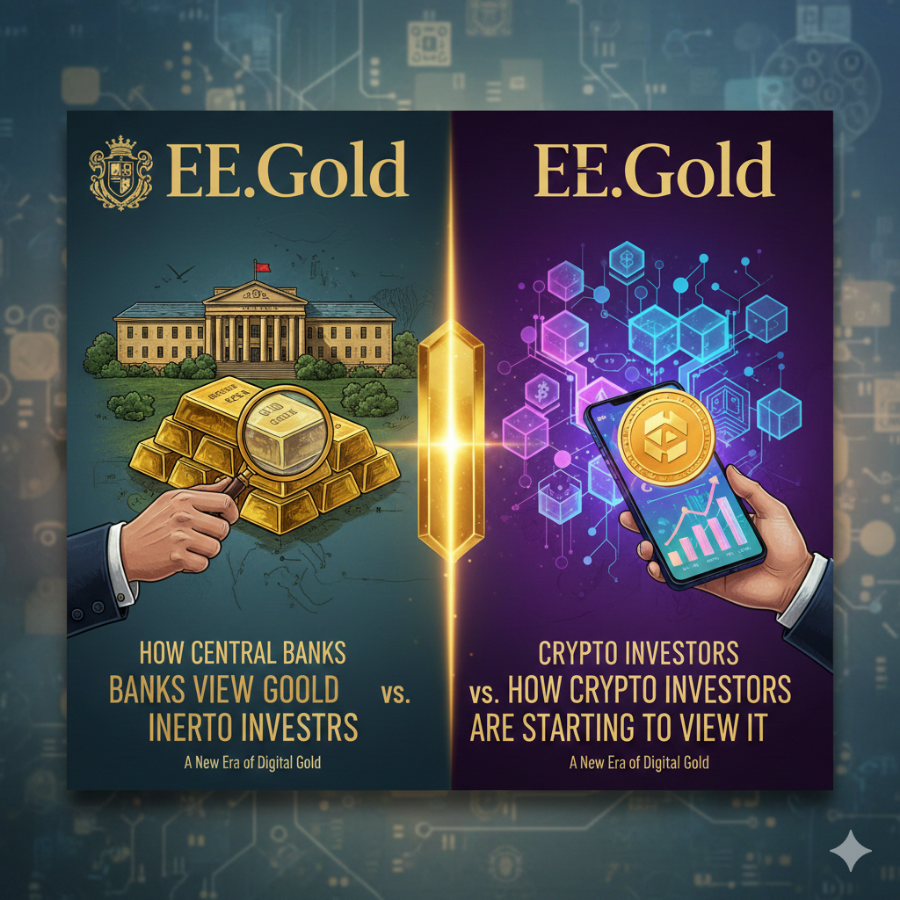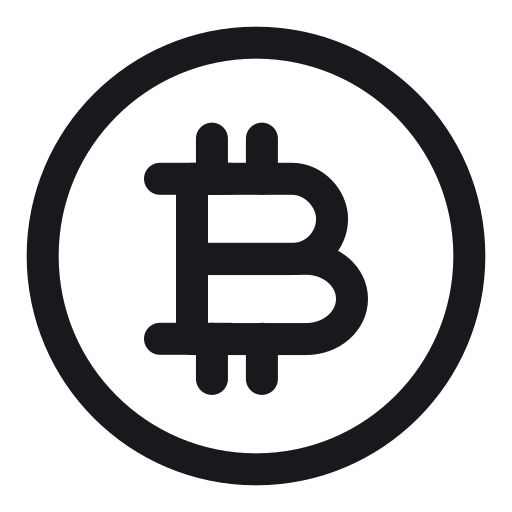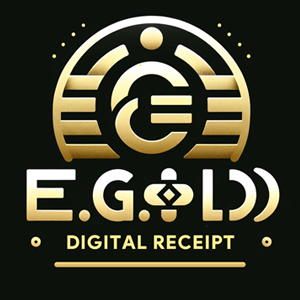
For decades, gold has been the ultimate “safe-haven” asset in the eyes of central banks. In the last five years, however, a quiet but dramatic shift has occurred: central banks have become aggressive net buyers of physical gold while a growing segment of cryptocurrency investors has begun to treat gold—yes, actual physical or tokenized gold—as a core portfolio holding rather than the antiquated relic many once dismissed.
The contrast between these two worldviews is revealing. One group is doubling down on a 5,000-year-old monetary asset; the other is embracing the same asset but through 21st-century lenses (tokenization, on-chain transparency, and Bitcoin-style scarcity narratives). The convergence is one of the most under-appreciated stories in markets today.
Central Banks: Gold Is Back to Being Tier-1 Money
Since the 2008 financial crisis—and accelerating after 2022—central banks have purchased more gold than at any time since the collapse of Bretton Woods. The World Gold Council reports that central banks bought a record 1,136 tonnes in 2022, another 1,082 tonnes in 2023, and roughly 900–1,000 tonnes annually in 2024–2025. Emerging-market institutions (China, India, Turkey, Poland, Singapore, and others) account for nearly all of the demand.
Why now?
- De-dollarization hedge With roughly 59% of global reserves still in USD (down from 71% in 2000), many countries view U.S. financial sanctions (Russia 2022 being the watershed moment) as proof that dollar-denominated assets can be frozen overnight. Gold cannot.
- No counterparty risk Unlike U.S. Treasuries, euros, or even IMF SDRs, physical gold has no issuer that can default or debase it.
- Return-free risk reduction In an era of negative real yields on government bonds, gold’s 0% nominal yield is no longer a disadvantage. It is now competitive with (or superior to) many “risk-free” assets.
- Long-term monetary reset expectations Senior officials in China, Russia, and parts of the BRICS bloc have openly discussed a future where gold plays a larger settlement or reference role in international trade. Whether that materializes or not, the insurance policy is being bought today.
In short, central banks view gold the way they always have when trust in the prevailing monetary order frays: as the ultimate neutral, apolitical store of value.
Crypto Investors: Gold Is the New “Digital Gold” (But Actually Gold)
For most of Bitcoin’s existence, “digital gold” was a marketing slogan used to describe BTC itself. Gold was the slow, boomer, analog asset that Bitcoin was going to obsolete.
Something changed around 2023–2025.
- Institutional Bitcoin ETFs brought in traditional allocators who were comfortable with gold but skeptical of pure crypto.
- Stablecoin issuers (Tether, Circle, Paxos, etc.) began backing portions of their reserves with gold or gold receivables.
- Tokenized gold products (PAXG, Tether Gold, Meld Gold, Cache Gold, Commerzbank’s blockchain gold, etc.) crossed $2 billion in market cap and started trading at virtually zero tracking error to spot.
- On-chain data started showing Bitcoin maximalists rotating 2–10% of holdings into tokenized gold during periods of macro uncertainty (2022 bear market, 2025 tariff war fears).
The intellectual shift is subtle but profound:
Scarcity convergence Bitcoin’s 21 million hard cap is often compared to gold’s ~212,000 tonnes above-ground stock. Once Bitcoin’s stock-to-flow flipped gold in 2020–2021, many crypto natives realized gold’s supply inflation is actually lower than previously believed (1.2–1.5% net of recycling vs. Bitcoin’s current ~0.9% post-2024 halving). The “digital gold” narrative started feeling like a two-way street.
Tokenized gold solves the custody and divisibility problems Crypto investors hate trusting third-party custodians, but they now have fully reserved, redeemable, on-chain gold they can hold in the same wallet as their BTC and ETH. For the first time, gold is as liquid, divisible, and portable as crypto.
Portfolio construction 2.0 The classic 60/40 stock-bond portfolio is dead to most crypto investors. The emerging replacement is something closer to:
- 50–70% Bitcoin (growth + monetary premium)
- 20–40% Ethereum + L1s (tech equity analogue)
- 10–20% tokenized gold (non-sovereign hard money with zero duration risk)
Gold is no longer the enemy of crypto; it is the ballast.
Narrative upgrade Influential voices (Lyn Alden, Luke Gromen, Raoul Pal, and even some Bitcoin podcasters) now argue that the sound-money trade is a basket: Bitcoin for upside convexity, gold for deep liquidity and 5,000 years of history. The two assets are complementary, not competitive.
The Irony
Central banks are buying vaulted physical bars in London, Zurich, and Singapore because they do not trust the digital financial system.
Crypto investors are buying digital claims on the exact same bars because they finally trust that the underlying asset is incorruptible—and that blockchain wrappers solve gold’s historical friction problems.
Both camps have arrived at the same conclusion from opposite directions: in a world of currency debasement, weaponized finance, and persistent inflation risk, unencumbered, scarce, neutral assets are essential.
Gold is no longer just “boomer rocks.” It is the only asset that central bankers and crypto natives are both rushing into at the same time—for different reasons, using different tools, but with the same underlying conviction.
That convergence is one of the most important macro trends of the 2020s.
NOTE
This Content is the copyrighted content of EE.GOLD. All rights are reserved. You are welcome to share or use our content only by including direct links to our website. Any other form of reproduction, distribution, or use without proper attribution is strictly prohibited.
This Content is intended solely for educational purposes. The information provided does not constitute financial or investment advice.
Please note that Digital Storage Receipt, Secure Storage Solutions, and Physical Gold Sales are the only services offered by EE.GOLD.
We strictly adhere to government regulations and are firmly against all illegal financial or investment activities globally.
For further inquiries, feel free to contact us through our official channels.










.png)

